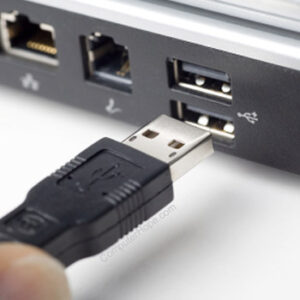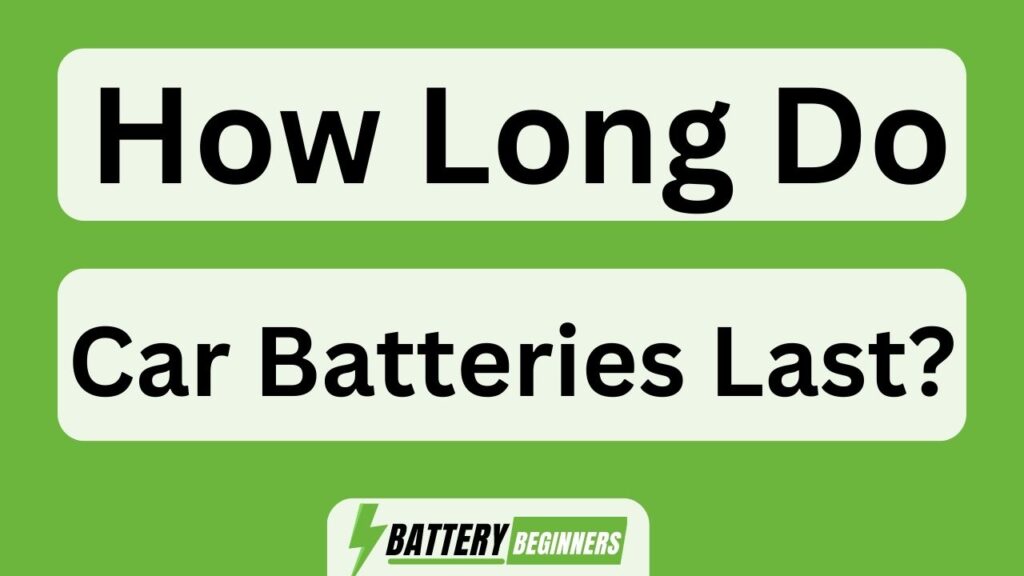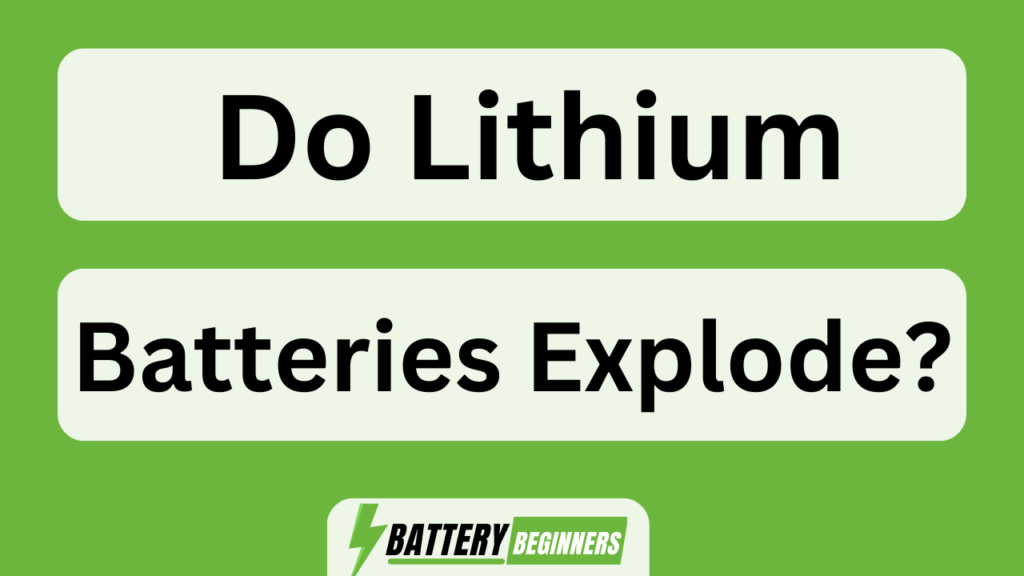In a world where our reliance on electronic devices is ever-increasing, the need to charge our lithium-ion batteries without a traditional charger becomes more prevalent. Whether you find yourself in a situation where your charger is unavailable or simply want to explore alternative methods, this article presents an array of technical and precise techniques to help you recharge your battery with ingenuity and resourcefulness.
From utilizing solar power to crafting your own DIY charger, this guide explores various avenues for charging your lithium-ion battery without relying on a conventional charger.
Key Takeaways How To Charge Lithium Ion Battery Without Charger
- Hand-Cranked Charger and DIY Charger Creation methods can be used to charge a lithium-ion battery without a charger.
- Regular maintenance of Hand-Cranked Chargers ensures optimal performance and longevity.
- Modified USB Cable Charger provides a convenient charging option and is suitable for emergency situations.
- Solar-Powered Charger harnesses solar energy and offers an alternative power source for off-grid situations.
Using a USB Cable and a Computer
Using a USB cable and a computer, the lithium-ion battery can be charged without the need for a dedicated charger. To accomplish this, one can utilize a power strip and an AC adapter to connect the USB cable to a computer’s USB port. Alternatively, a DC power supply and an adapter can be used in place of the power strip.
The USB cable serves as the conduit for transferring electrical energy from the computer or power source to the lithium-ion battery. This method allows for charging at a slower rate compared to using a dedicated charger but is still effective in replenishing the battery’s energy levels.
Moving forward to utilizing a power bank or portable charger, these options provide greater convenience and mobility while maintaining efficient charging capabilities.
Utilizing a Power Bank or Portable Charger
By employing a power bank or portable charger, the lithium-ion battery can be replenished. When using a power bank to charge a lithium-ion battery, it is essential to ensure compatibility between the two devices. Different power banks have varying output capacities and may not provide sufficient power to charge the battery effectively. It is recommended to use a power bank that supports fast charging technology for optimal results.
Charging speed considerations also come into play when utilizing a power bank or portable charger. Higher capacity power banks generally offer faster charging speeds due to their ability to deliver more current. However, it is important to note that excessively high charging currents can lead to reduced battery lifespan over time. Therefore, finding the right balance between charging speed and preserving battery health is crucial when using a power bank or portable charger.
Transitioning into harnessing solar power with a solar charger allows for alternative methods of charging without relying on traditional electricity sources.
Harnessing Solar Power with a Solar Charger
Harnessing solar power with a solar charger provides an alternative method for replenishing the battery’s energy using sunlight as a renewable source of energy. Maximizing solar energy efficiency is crucial in this process. To achieve maximum efficiency, it is essential to choose the right solar charger for your needs. The selection should be based on factors such as wattage, voltage compatibility, and charging speed. Additionally, consider the size and weight of the solar charger to ensure portability. Some chargers have built-in features like multiple USB ports or LED indicators, which can enhance user convenience. Furthermore, certain models offer advanced technologies like MPPT (Maximum Power Point Tracking) that optimize charging performance by ensuring that the charger extracts the maximum available power from sunlight.
Harnessing solar power through a compatible charger allows for efficient charging without relying on traditional electrical outlets or chargers, offering greater flexibility and environmental benefits.
Transition: Moving forward to the next section about ‘using a battery charging case or sleeve,’ another alternative method will be discussed…
Using a Battery Charging Case or Sleeve
An alternative method for replenishing the battery’s energy is through the utilization of a battery charging case or sleeve. These accessories are specifically designed to charge lithium-ion batteries without the need for a traditional charger.
The battery charging case or sleeve functions by connecting directly to the device’s charging port and providing power through its built-in battery. This allows users to conveniently charge their devices on-the-go, without requiring access to an electrical outlet.
It is important to note that when using a battery charging case or sleeve, certain safety precautions should be followed. Users should ensure that they are using a reputable and compatible product, as well as adhere to any usage guidelines provided by the manufacturer. Additionally, it is recommended to monitor the device closely during charging and avoid exposing it to extreme temperatures.
By employing these alternative methods, individuals can effectively recharge their lithium-ion batteries without relying on a traditional charger.
Transitioning into borrowing a charger from a friend or family member, another option for recharging lithium-ion batteries…
Borrowing a Charger from a Friend or Family Member
Another option for replenishing the battery’s energy is to borrow a charger from a friend or family member, providing a convenient solution for charging devices without having to rely on one’s own charger. Alternatively, one could consider borrowing a charger from a neighbor or even charging their device at a local library where public chargers may be available. This method allows individuals to charge their lithium-ion batteries without the need for purchasing an additional charger. It is important, however, to ensure that the borrowed charger is compatible with the specific device being charged and that proper safety precautions are followed during the charging process. By taking advantage of this borrowing option, individuals can conveniently charge their lithium-ion batteries when needed without having to invest in an extra charging device. Moving forward to the next section about using a wireless charging pad or dock…
Using a Wireless Charging Pad or Dock
To continue exploring alternative methods for charging a lithium-ion battery without a charger, another option is to use a wireless charging pad or dock. These devices utilize electromagnetic fields to transfer energy from the charging pad to the battery, eliminating the need for physical connections.
Before proceeding, it is essential to ensure that your device is compatible with wireless charging technology. This can usually be verified through the device’s specifications or by consulting the manufacturer’s guidelines. If compatibility is confirmed, troubleshooting common issues such as misalignment between the device and the charging pad or insufficient power output should be taken into consideration. Additionally, some devices may require specific positioning on the charging pad for optimal functionality.
By understanding these factors and adhering to best practices, users can effectively charge their lithium-ion batteries wirelessly.
Transitioning into our next section about taking advantage of public charging stations…
Taking Advantage of Public Charging Stations
Public charging stations provide a convenient solution for individuals looking to power their electronic devices while on the go. Taking advantage of coffee shop charging is one option, as many cafes now offer free access to charging stations for customers. Additionally, finding public charging stations with free access can be done through various online directories and mobile apps dedicated to mapping out these locations. These platforms often provide information such as station availability, charging speed, and user reviews.
When utilizing public charging stations, it is important to ensure the safety of personal data by using trusted USB cables or portable chargers.
Transitioning into the subsequent section about ‘using a car charger or adapter,’ users can explore alternative methods to charge their lithium-ion battery without relying solely on public charging infrastructure.
Using a Car Charger or Adapter
Public charging stations are a convenient option for recharging lithium-ion batteries, but they may not always be readily available or accessible. In such situations, alternative charging methods come in handy.
One effective method is using a car charger or adapter to charge the battery. Car chargers typically plug into the car’s cigarette lighter socket and provide a direct source of power to the battery. This alternative charging method allows users to charge their lithium-ion batteries on the go, making it particularly useful during long journeys or when other charging options are limited. Car chargers and adapters are designed to deliver an appropriate voltage and current to ensure safe and efficient charging without causing any damage to the battery or device being charged.
Transitioning into the subsequent section about ‘utilizing a hand-cranked charger’, another option for charging lithium-ion batteries without a dedicated charger is by utilizing a hand-cranked charger that relies on manual power generation rather than relying on external power sources.
Utilizing a Hand-Cranked Charger
An alternative method for recharging lithium-ion batteries in the absence of a dedicated charger involves utilizing a hand-cranked charger that relies on manual power generation. Hand-cranked chargers are portable devices equipped with a small dynamo that converts mechanical energy from the user’s hand into electrical energy. These chargers typically feature a handle or crank, which when rotated, generates electricity to charge the battery.
To ensure optimal performance and longevity of the hand-cranked charger, regular maintenance is recommended. This includes cleaning and lubricating moving parts, inspecting for any damage or wear, and replacing worn-out components if necessary.
The benefits of hand-cranked chargers include their ability to provide a reliable power source in remote areas or during emergencies where traditional charging methods are unavailable.
In the subsequent section about making your own DIY charger, we will explore another method that can be employed to charge lithium-ion batteries without using a dedicated charger.
Making Your Own DIY Charger
One method to create a homemade charger for lithium-ion batteries is by utilizing readily available electronic components and following a set of instructions. By exploring DIY charger alternatives, individuals can find alternative charging methods that suit their needs. These methods often involve using common household items or repurposing existing devices to create a functional charger. One option involves modifying a USB cable to connect the battery to a power source, such as a computer or USB wall adapter. Another approach is building a solar-powered charger using solar panels and charge controllers. Additionally, hand-cranked chargers can be constructed by integrating a hand crank with appropriate circuitry and voltage regulators. It is important to note that while these DIY options may provide convenient alternatives in emergency situations, they may not offer the same level of efficiency and safety as commercially available chargers.
| Method | Materials Needed | Benefits |
|---|---|---|
| Modified USB Cable | USB cable, wire cutters, soldering iron | Easy to make and widely accessible |
| Solar-Powered Charger | Solar panels, charge controller | Environmentally friendly and renewable |
| Hand-Cranked Charger | Hand crank, circuitry, voltage regulators | Can be used in off-grid situations |
Table: Examples of materials needed for different DIY charger methods
Frequently Asked Questions
Can I charge a lithium-ion battery without using any external device or charger?
Charging a lithium-ion battery using alternative methods without an external device or charger is not recommended due to potential dangers. It is crucial to use the appropriate charging equipment to ensure safe and efficient charging of lithium-ion batteries.
Is it safe to charge a lithium-ion battery using a USB cable and a computer?
Using a USB cable and a computer to charge a lithium-ion battery without a dedicated charger has both pros and cons. Alternative methods include using solar panels or power banks. However, caution must be exercised to prevent overcharging or damaging the battery.
How long does it typically take to charge a lithium-ion battery using a power bank or portable charger?
The charging speed of a lithium-ion battery using a power bank or portable charger depends on factors such as the capacity of the battery and the output current of the charger. However, it is important to note that fast charging may have an impact on the overall battery life.
What are the advantages and disadvantages of harnessing solar power with a solar charger to charge a lithium-ion battery?
Advantages of using a solar charger to charge a lithium-ion battery include environmental friendliness, portability, and independence from the power grid. However, disadvantages include dependency on sunlight availability, longer charging times, and potential inefficiency in converting solar energy to electrical energy.
Are there any risks or limitations associated with using a wireless charging pad or dock to charge a lithium-ion battery?
Wireless charging pads offer convenience, but there are potential risks associated with using them to charge lithium-ion batteries. A study found that 23% of wireless chargers had safety issues including overheating and overcharging, highlighting the importance of ensuring wireless charging pad safety.
Conclusion
In conclusion, there are various methods available to charge a lithium-ion battery without a charger. These include:
- Using a USB cable and computer
- Utilizing a power bank or portable charger
- Harnessing solar power with a solar charger
- Using a battery charging case or sleeve
- Borrowing a charger from someone else
- Taking advantage of public charging stations
- Using a car charger or adapter
- Making your own DIY charger
With these options at hand, it is safe to say that charging your battery without a charger is not an insurmountable task.







